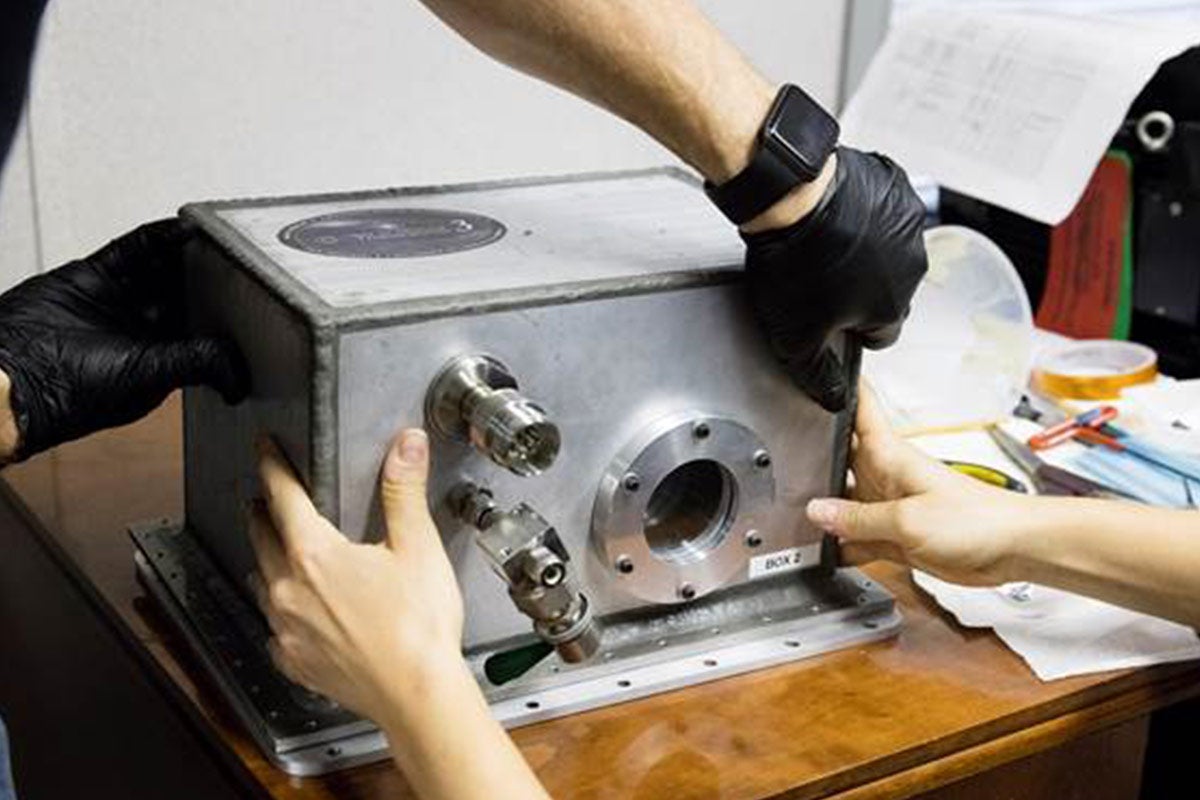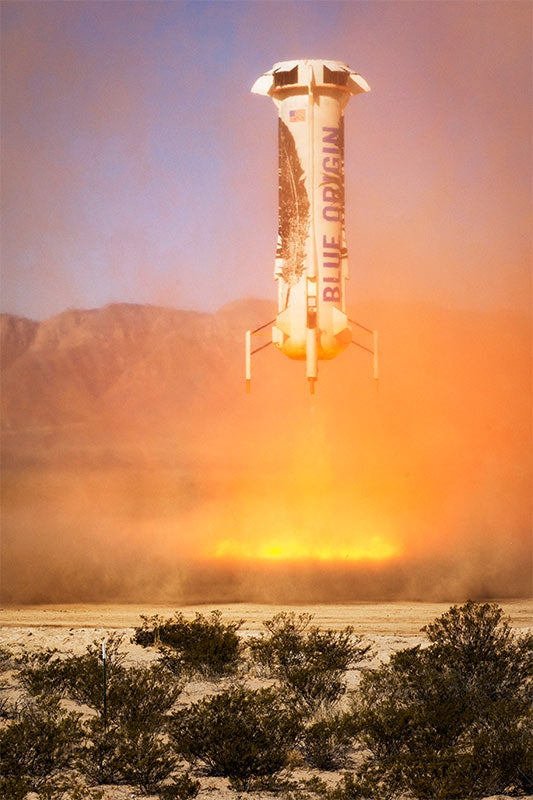Go for Launch
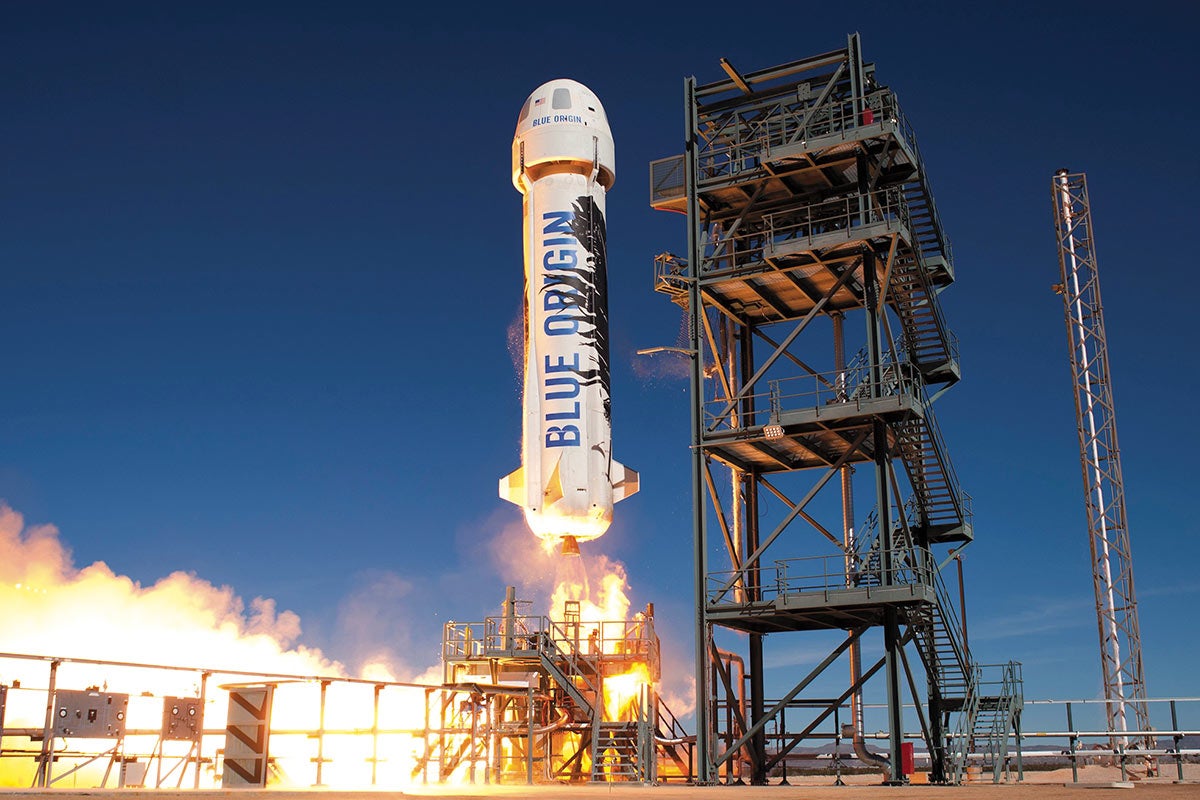
On April 2, 2016, a team of UCF scientists made history as their experiment became the first to go to space aboard Blue Origin’s New Shepard. The project, known as MEDEA and led by Professor Joshua Colwell, examines how space dust builds up to form planets and the rings around planets. The experiment is one of several that Colwell, along with Assistant Professor Adrienne Dove, Post Doctoral Associate Julie Brisset and a team of UCF students, has worked on. The others include four experiments that were conducted on parabolic flights and two on the International Space Station — earning the team another historic distinction: the first to partner with Blue Origin and the ISS to conduct research.
Read more on UCF Today.
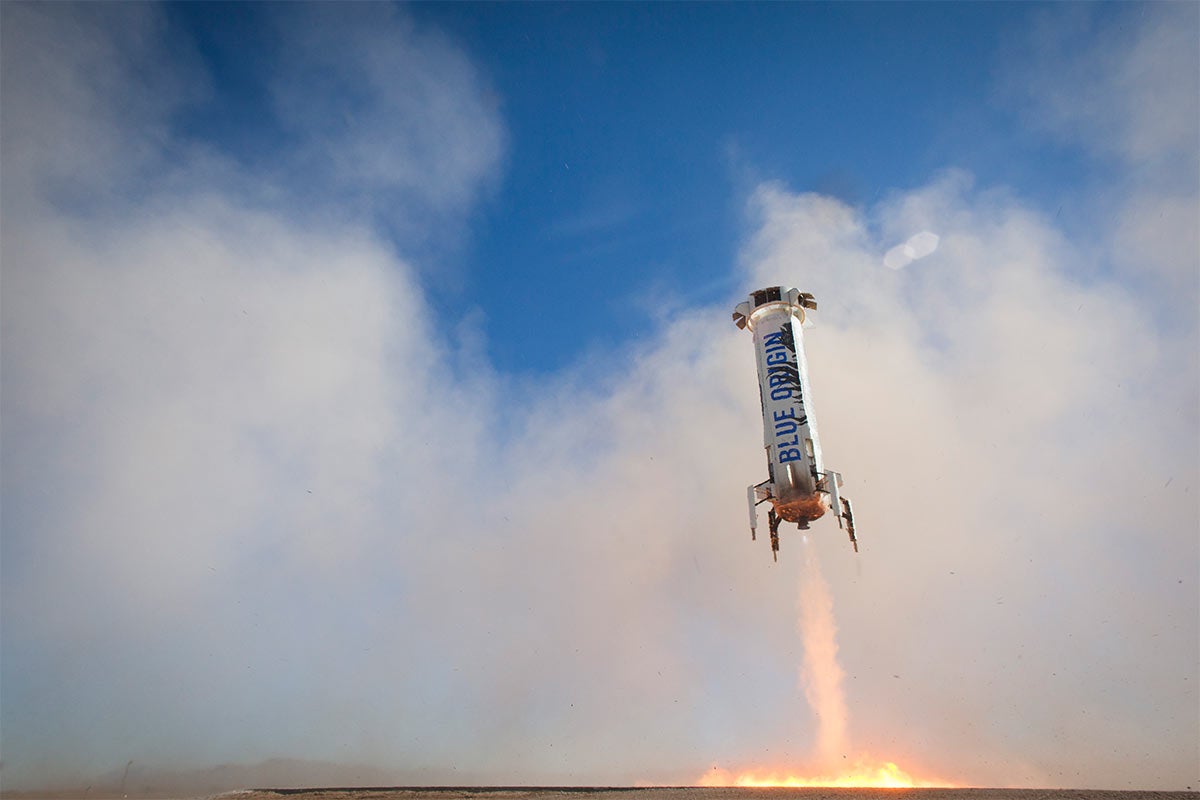
— Joshua Colwell, UCF professor
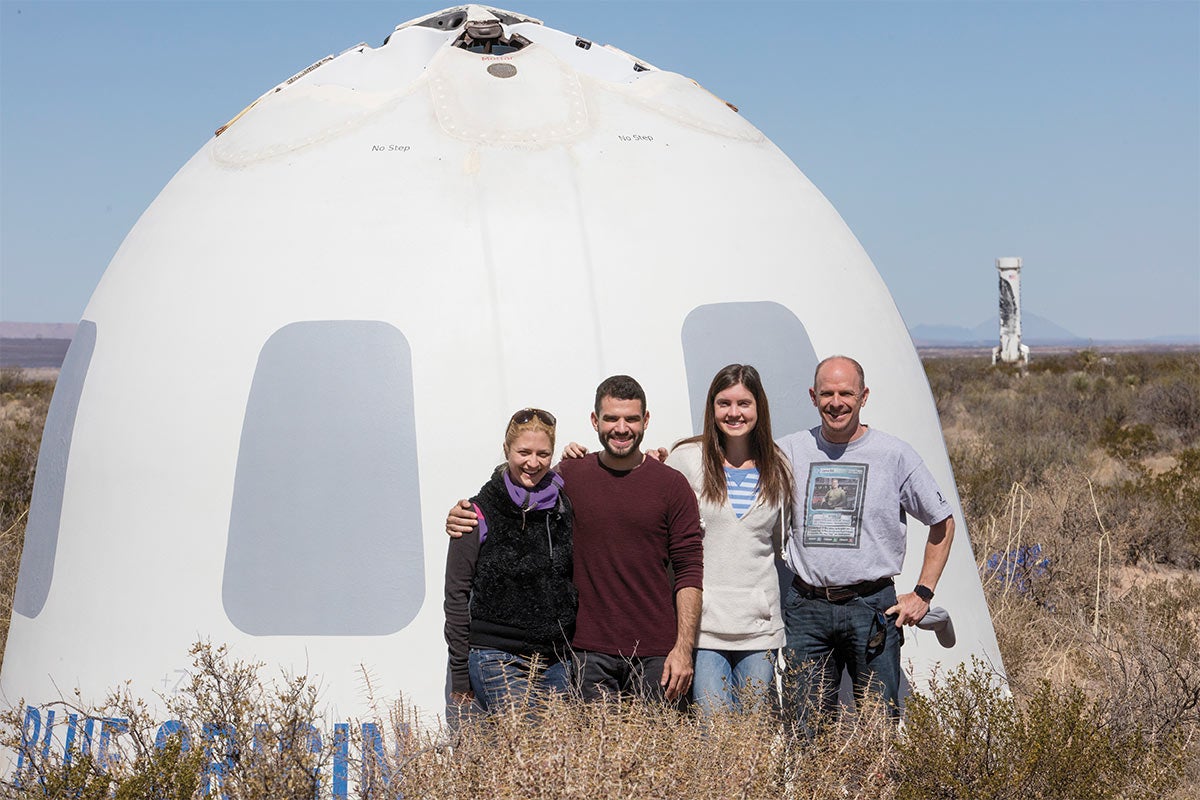
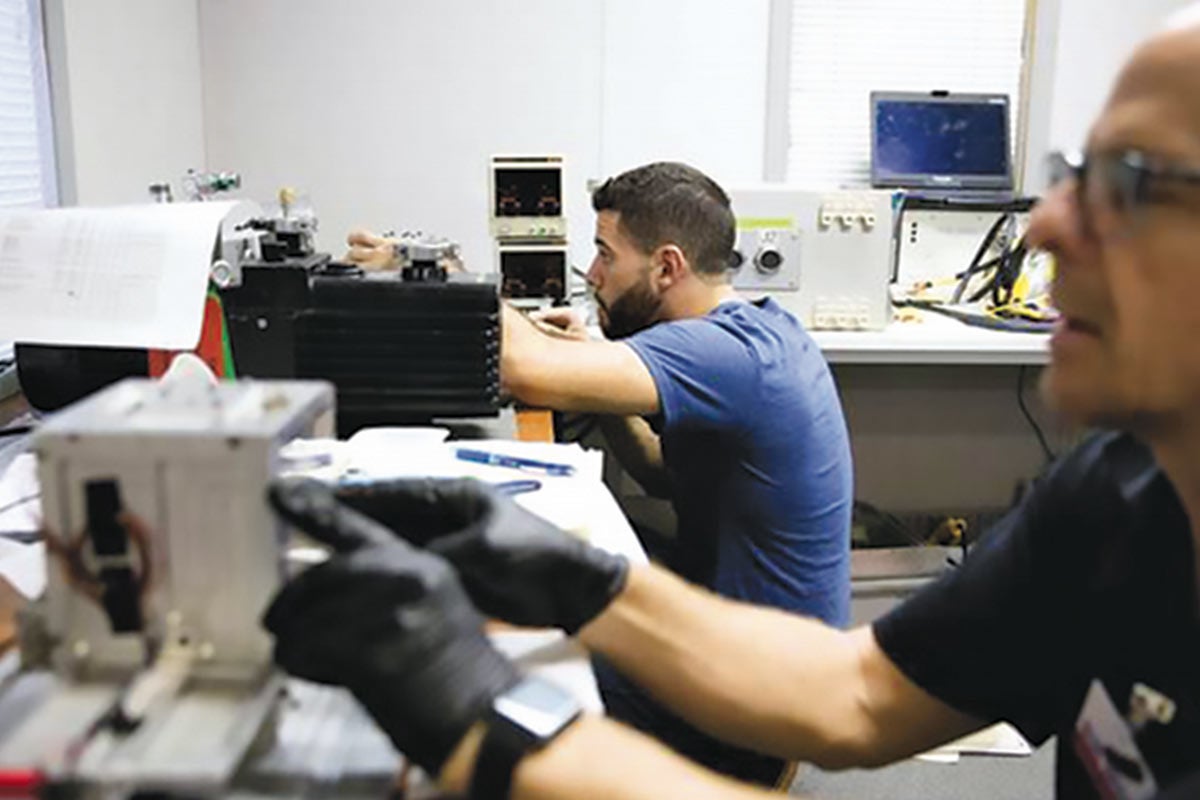
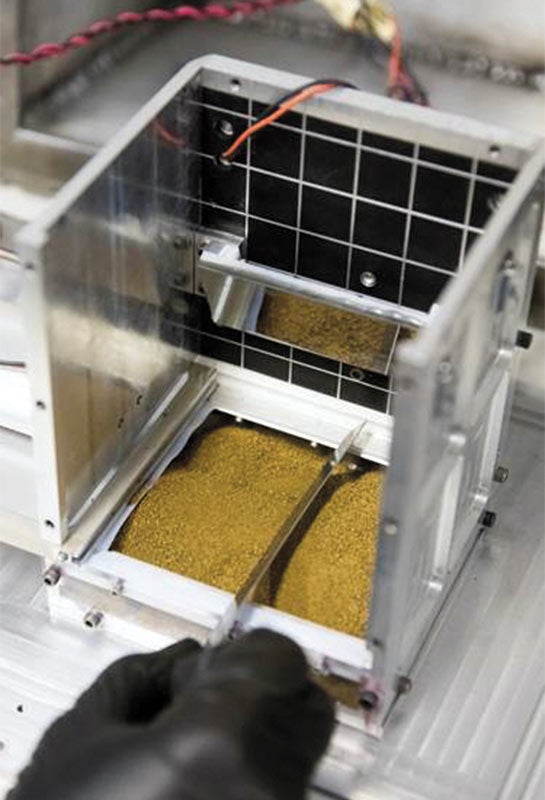
Height reached in feet (2 miles above the Kármán line, which marks the boundary of space)
3,635
Feet at which rocket engine was re-ignited for landing
11
Minutes from liftoff to landing
3
Minutes in high-quality microgravity environment
3rd
Test flight of this vehicle to space
1st
Science payload on New Shepard
